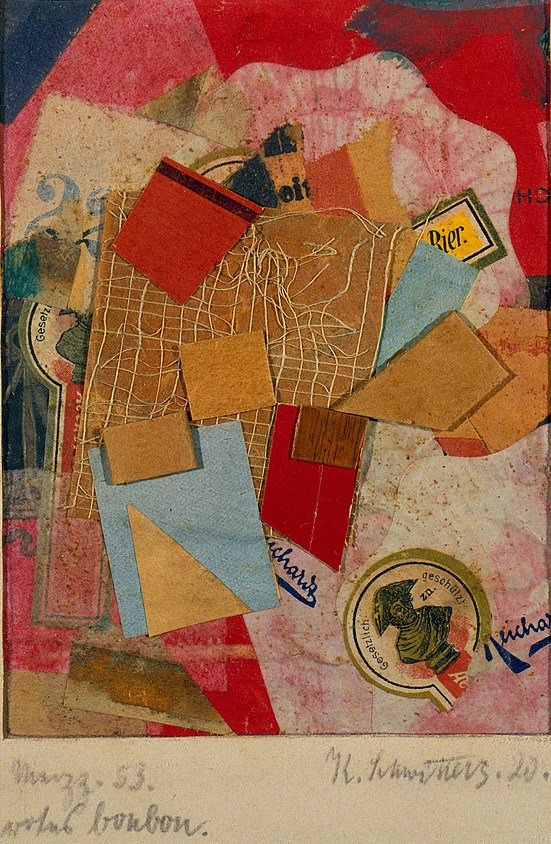O INDIVÍDUO NA ERA DE SUA REPRODUTIBILIDADE TÉCNICA
DOI:
https://doi.org/10.48075/rlhm.v10i16.10637Palavras-chave:
Las Hortensias, Felisberto Hernández, narrativa hispano-americana, cultura de massa, cinema.Resumo
A maior parte dos estudos críticos sobre a novela Las Hortensias, publicada pelo escritor uruguaio Felisberto Hernández em 1949, enfatiza sua retomada de elementos presentes em narrativas do século XIX, associando-o ao Romantismo. Tomando como ponto de partida o estudo de Sucre (2003) que assinala o aspecto comercial nas relações estabelecidas entre as personagens da narrativa, este trabalho procura apontar o diálogo do texto com algumas manifestações da cultura de massa do início do século XX, especialmente o cinema e os museus de cera, chamando a atenção para a singularidade da novela de Hernández. A partir dessa observação, o que a princípio poderia parecer apenas uma história acerca das excentricidades de um indivíduo isolado, ao final da novela, quando se realiza uma grande exposição de bonecas, com notável sucesso de público, revela-se também uma narrativa sobre a cultura de massa e seus efeitos sobre os consumidores. O diálogo da novela com o cinema e com os museus de cera também revela um aspecto pouco ressaltado pela crítica: o caráter paródico da narrativa, que problematiza as oposições tradicionais entre natureza e artifício, autenticidade e fingimento. Sob essa perspectiva, o protagonismo das bonecas e sua “superioridade” sobre os humanos adquirem um novo sentido.
Downloads
Publicado
Como Citar
Edição
Seção
Licença
Aviso de Direito Autoral Creative Commons
Política para Periódicos de Acesso Livre
Autores que publicam nesta revista concordam com os seguintes termos:
1. Autores mantém os direitos autorais e concedem à revista o direito de primeira publicação, com o trabalho simultaneamente licenciado sob a Licença Creative Commons Attribution que permite o compartilhamento do trabalho com reconhecimento da autoria e publicação inicial nesta revista.2. Autores têm autorização para assumir contratos adicionais separadamente, para distribuição não-exclusiva da versão do trabalho publicada nesta revista (ex.: publicar em repositório institucional ou como capítulo de livro), com reconhecimento de autoria e publicação inicial nesta revista.
3. Autores têm permissão e são estimulados a publicar e distribuir seu trabalho online (ex.: em repositórios institucionais ou na sua página pessoal) a qualquer ponto antes ou durante o processo editorial, já que isso pode gerar alterações produtivas, bem como aumentar o impacto e a citação do trabalho publicado (Veja O Efeito do Acesso Livre).
Licença Creative Commons
Esta obra está licenciada com uma Licença Creative Commons Atribuição-NãoComercial-CompartilhaIgual 4.0 Internacional, o que permite compartilhar, copiar, distribuir, exibir, reproduzir, a totalidade ou partes desde que não tenha objetivo comercial e sejam citados os autores e a fonte.


